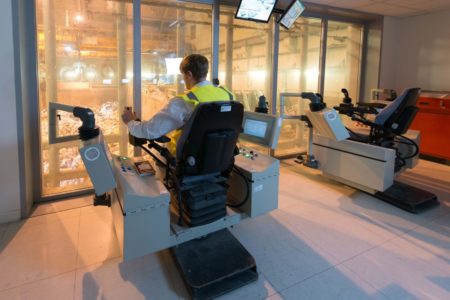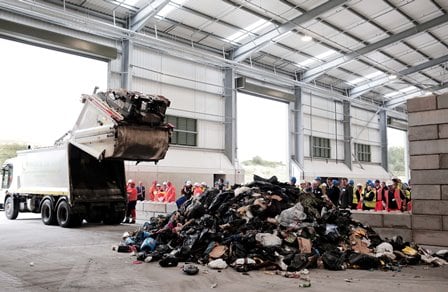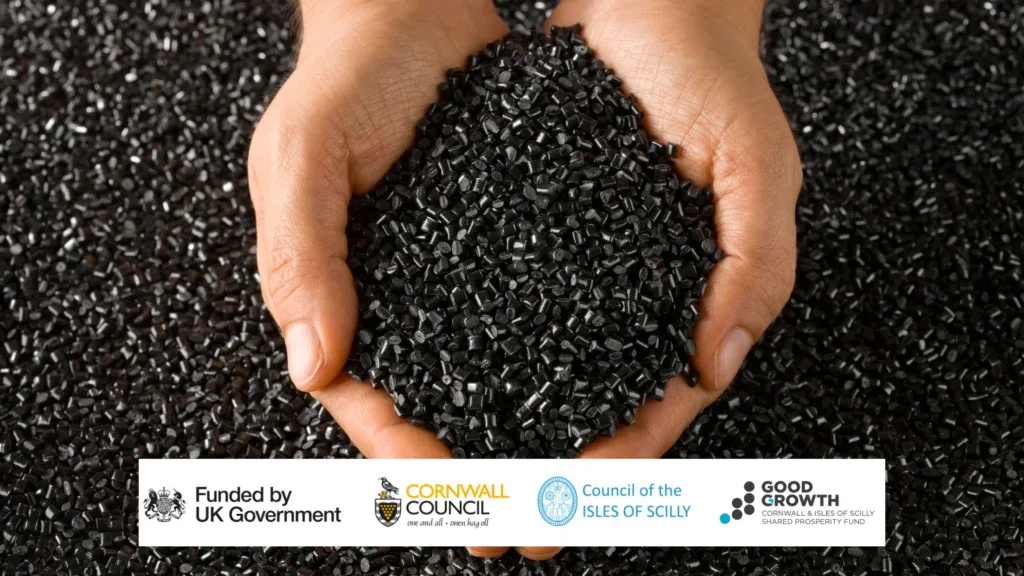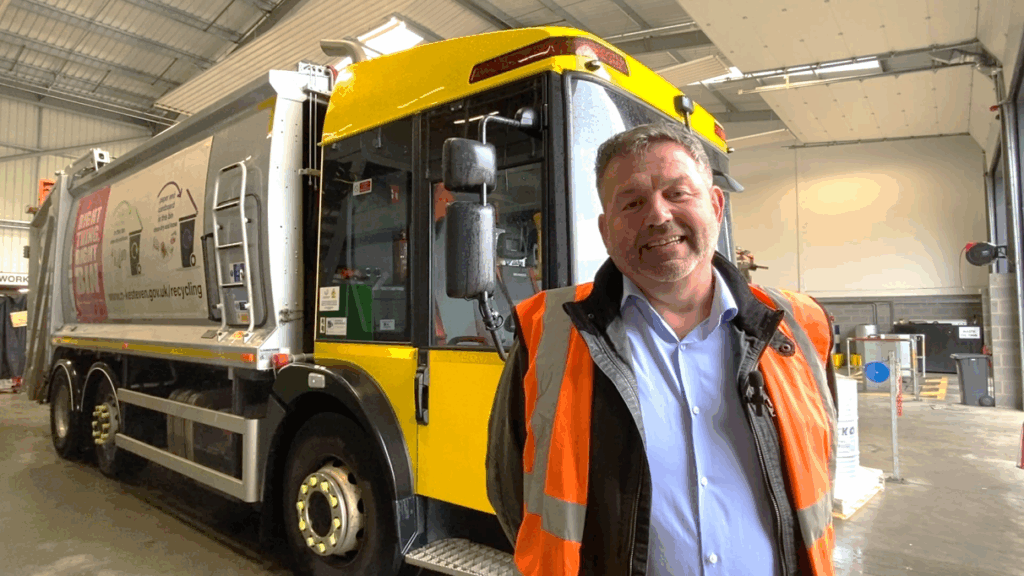The recommendation comes from a study carried out by the HSE which has been highlighted in the organisation’s annual review, published on 28 August. The HSE study found three areas where waste activities posed a risk of higher exposure to dust, endotoxin, fungi and bacteria.
The study aimed to obtain a better understanding of the risk of workers’ exposure to organic dusts and bioaerosol during the bulk handling of municipal waste, which takes place in waste transfer stations, and in the early stages of processing at waste treatment plants.

However, it found that energy from waste plant operators do not need to measure the risks as the potential for exposure was low because of automated operations and segregation of workers from dust and bioaerosol.
Organic dusts are derived from vegetable and animal sources and exposures to these dusts have been shown to affect development of respiratory diseases such as asthma, chronic bronchitis, and emphysema.
Bioaerosols are defined by the HSE as airborne fungi, bacteria and their cellular components.
Risk
The research identified that whilst worker exposures generally were relatively low, three activities did pose a risk of higher exposure to dust, endotoxin, fungi and bacteria:
(i) cleaning and maintenance
(ii) sorting and refining after bio-drying
(iii) hand sorting recovered dry cell batteries.
As part of the study, the HSE visited seven sites which employ “reasonably good health and safety risk management practices”. This was made up of two MBT/AD plants, two EfW plants and three waste transfer stations.

Measures
The HSE document said in MBT plants, airborne material and waste spillage could be better controlled by further enclosure of the sorting machinery and conveyor systems, thereby also reducing the exposure risk to cleaning and maintenance staff.
For all facilities, minimising the amount of cleaning required (e.g. reducing spillage) and employing cleaning techniques that generate less airborne particulate (e.g. vacuum cleaners) should always be considered.
It was also recognised that as well as inhalation exposure there is a significant risk of dermal exposure to untreated waste. This could lead to accidental ingestion of the microorganisms in the waste through hand to mouth transfer and potential gastro-intestinal infection.
Welfare
At all the sites the welfare facilities were of a good standard but the layout was such that they could be easily bypassed/overlooked, leading to contaminated work wear being worn in the canteen and office areas.
“The overarching requirement is to apply the hierarchy of control and employ good control practices”
Most sites provided laundry services for work wear but at some sites greater assurance was required to show the workers were using it.
All companies participating in the study had an exposure-monitoring programme that measured exposure to inhalable dust, the HSE said, but none quantified exposure to bioaerosol.
However, the HSE said it recognises that a more systematic exposure assessment programme “increases cost and complexity”.
“Although exposure limits and exposure monitoring can support an exposure control strategy, the overarching requirement is to apply the hierarchy of control and employ good control practices in line with COSHH-based regulations, HSE guidance and industry guidance such as that being developed by WISH,” the HSE said.
Review
The HSE’s review provided an overview of all of the body’s work this year, which also included a study on improving occupational hygiene control standards in the waste and recycling industry.
It also developed a new online workplace-friendly risk assessment tool to reduce the risk of musculoskeletal injury from pushing and pulling operations.
Related links
HSE Bioaerosols Study









Subscribe for free